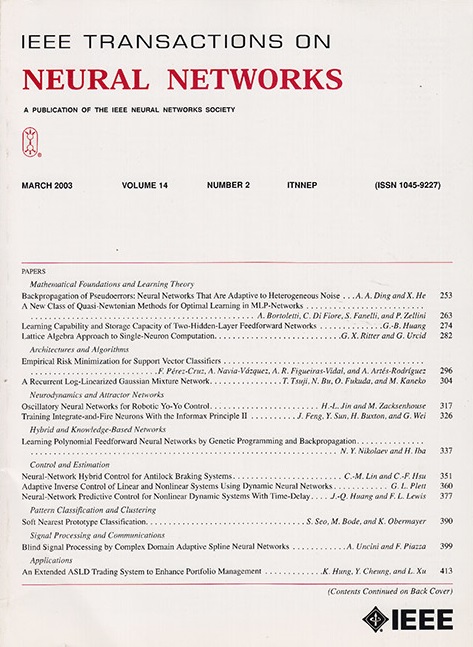用于监视的物理对抗性攻击:一项调查。
IF 10.2
1区 计算机科学
Q1 COMPUTER SCIENCE, ARTIFICIAL INTELLIGENCE
IEEE transactions on neural networks and learning systems
Pub Date : 2023-10-12
DOI:10.1109/TNNLS.2023.3321432
引用次数: 0
摘要
现代自动化监控技术在很大程度上依赖于深度学习方法。尽管性能优越,但这些学习系统天生容易受到恶意设计的输入的对抗性攻击,这些输入旨在误导或欺骗模型做出错误的预测。对手可以通过穿着对抗性t恤、眼镜或帽子或通过特定行为来改变自己的外表,以潜在地避免监视系统的各种形式的检测、跟踪和识别;并获得对安全财产和资产的未经授权的访问。这对现代监控系统的安全构成了严重威胁。本文回顾了最近在学习和设计用于监控应用的物理对抗性攻击方面的尝试和发现。特别是,我们提出了一个分析物理对抗性攻击的框架,并在该框架下对四个关键监视任务的物理对抗性袭击进行了全面的调查:检测、识别、跟踪和行动识别。此外,我们还回顾和分析了防御物理对抗性攻击的策略以及评估防御强度的方法。本文中的见解为在监控系统中建立抵御物理对抗性攻击的能力迈出了重要一步。本文章由计算机程序翻译,如有差异,请以英文原文为准。
Physical Adversarial Attacks for Surveillance: A Survey
Modern automated surveillance techniques are heavily reliant on deep learning methods. Despite the superior performance, these learning systems are inherently vulnerable to adversarial attacks—maliciously crafted inputs that are designed to mislead, or trick, models into making incorrect predictions. An adversary can physically change their appearance by wearing adversarial t-shirts, glasses, or hats or by specific behavior, to potentially avoid various forms of detection, tracking, and recognition of surveillance systems; and obtain unauthorized access to secure properties and assets. This poses a severe threat to the security and safety of modern surveillance systems. This article reviews recent attempts and findings in learning and designing physical adversarial attacks for surveillance applications. In particular, we propose a framework to analyze physical adversarial attacks and provide a comprehensive survey of physical adversarial attacks on four key surveillance tasks: detection, identification, tracking, and action recognition under this framework. Furthermore, we review and analyze strategies to defend against physical adversarial attacks and the methods for evaluating the strengths of the defense. The insights in this article present an important step in building resilience within surveillance systems to physical adversarial attacks.
求助全文
通过发布文献求助,成功后即可免费获取论文全文。
去求助
来源期刊

IEEE transactions on neural networks and learning systems
COMPUTER SCIENCE, ARTIFICIAL INTELLIGENCE-COMPUTER SCIENCE, HARDWARE & ARCHITECTURE
CiteScore
23.80
自引率
9.60%
发文量
2102
审稿时长
3-8 weeks
期刊介绍:
The focus of IEEE Transactions on Neural Networks and Learning Systems is to present scholarly articles discussing the theory, design, and applications of neural networks as well as other learning systems. The journal primarily highlights technical and scientific research in this domain.
 求助内容:
求助内容: 应助结果提醒方式:
应助结果提醒方式:


